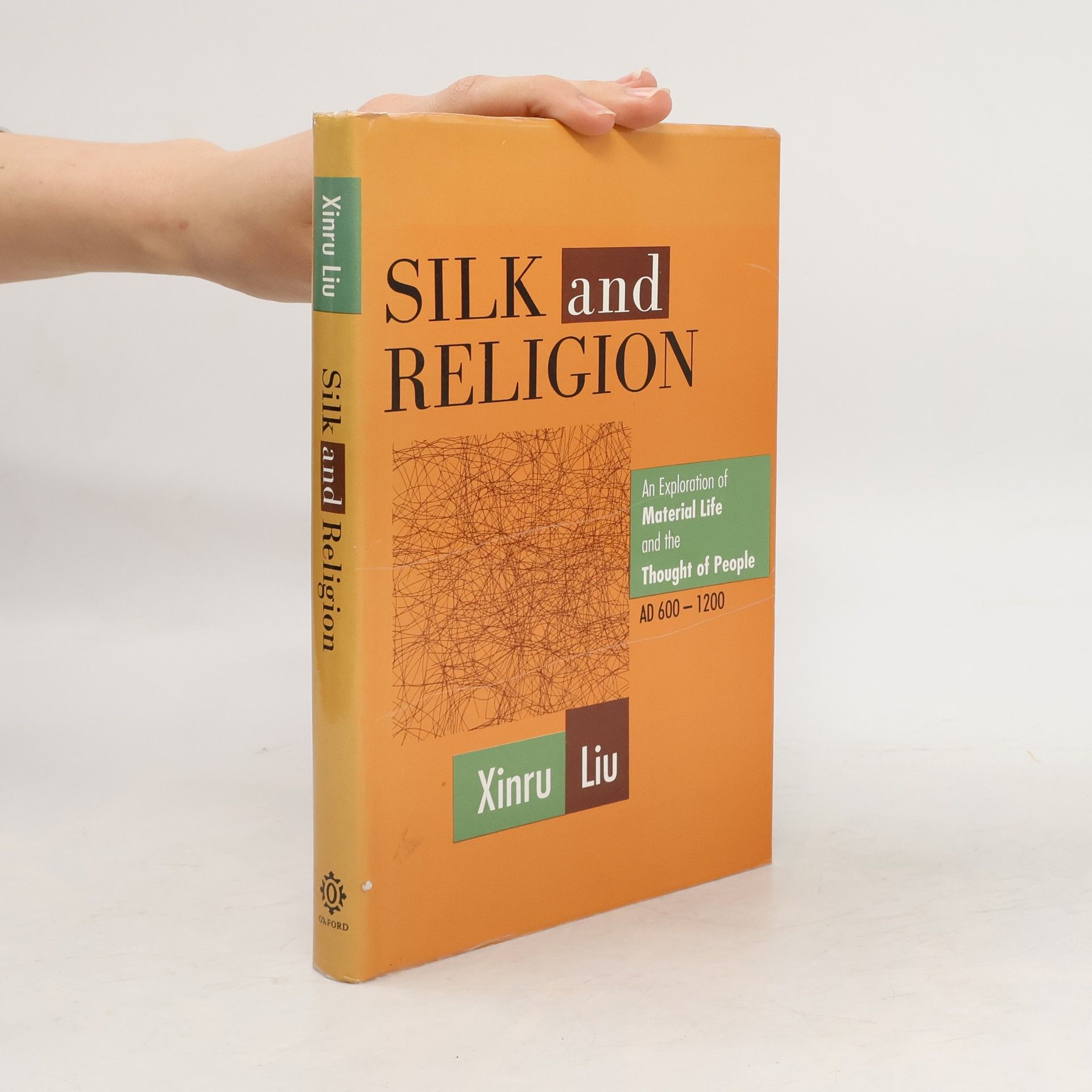This book offers an engaging exploration of the societal context during the time of the Buddha, blending scholarly research with imaginative storytelling. It delves into the cultural, political, and spiritual dynamics of the era, providing readers with a vivid understanding of the historical backdrop that influenced Buddhist teachings and practices. The narrative is designed to be both informative and accessible, appealing to those interested in history, religion, and philosophy.
Xinru Liu Knihy
Xinru Liu se věnuje rané indické a světové historii. Působí jako docentka na The College of New Jersey a profesorka na Institute of World History v čínské Akademii sociálních věd. Její práce se zaměřuje na historické a kulturní interakce napříč různými civilizacemi. Zkoumá, jak se myšlenky, technologie a umění šířily a transformovaly v průběhu věků.




The Silk Road in World History
- 176 stránek
- 7 hodin čtení
The ancient trade routes that made up the Silk Road were some of the great conduits of cultural and material exchange in world history. In this intriguing book, Xinru Liu reveals both why and how this long-distance trade in luxury goods emerged in the late third century BCE, following its story through to the Mongol conquest.
Silk and Religion
- 246 stránek
- 9 hodin čtení
Xinru Liu studies the silk trade in Eurasia between the seventh and twelfth centuries to explore how religious ideas affected economic behavior. Long-distance silk trade was established for centuries in ancient Eurasia, well before the state in Tang China and the Byzantine Empire set up statesilk industries and clothing codes to regulate the trade and consumption of silk textiles. Silk textiles were invested with symbolic meaning and their use restricted to bureaucratic and religious hierarchies in both regions.
The Silk Roads
- 208 stránek
- 8 hodin čtení
For more than 1500 years, across more than 4000 miles, the Silk Roads connected East and West. Liu's thoughtful introduction considers the many ways the peoples along the Silk Roads interacted and helps students understand the implications for economies and societies, as well as political and religious institutions, over space and time.